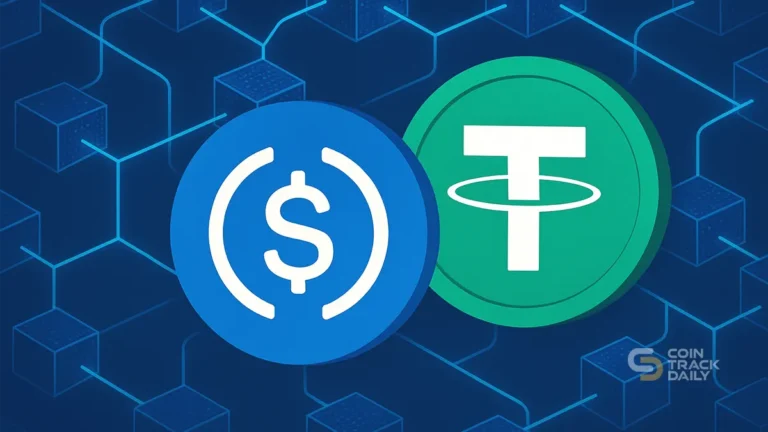15-8-2025 – Stripe, Circle, and Tether’s recent deployment of proprietary blockchain networks poses a direct challenge to Ethereum’s Layer 2 ecosystem, according to analysis.
The proprietary chain trend reflects stablecoin issuers’ preference for complete operational control over their infrastructure rather than relying on decentralized security models. These companies prioritize capturing sequencer revenue, MEV opportunities, and gas fees while maintaining direct regulatory compliance capabilities that traditional finance demands. This strategic shift undermines Layer 2 solutions’ business model of attracting high-volume users through stablecoin and real-world asset integrations.
For Ethereum’s mainnet, the development presents both challenges and opportunities. While proprietary stablecoin chains create efficient payment rails, they lack the interoperability required for complex DeFi operations. Cross-asset transactions demanding atomicity and composability still require Ethereum’s unified state machine, particularly for innovations like Uniswap V4’s Hook mechanism and Aave’s cross-pool risk management.
The shift positions Ethereum in a dual role moving forward: serving as a neutral settlement layer between isolated proprietary chains, similar to SWIFT’s clearing function, while remaining the foundational platform for permissionless DeFi innovation that requires diverse liquidity aggregation.


